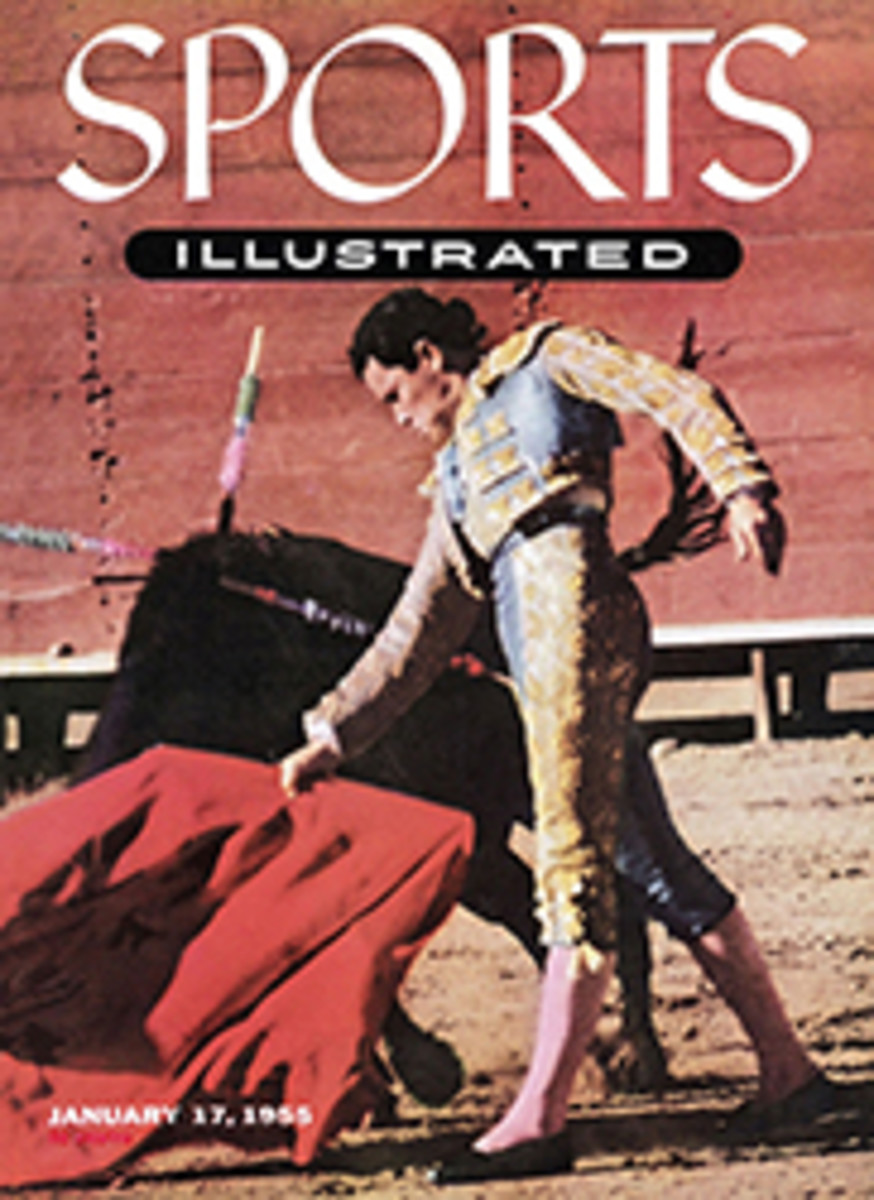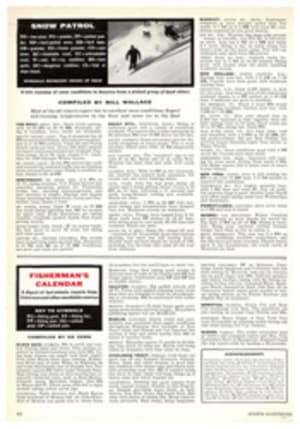
EXERCISE TO KEEP FIT
THE humanbody," says Professor Thomas K. Cureton, "is the only machine thatbreaks down when not used. Moreover, it's also the only mechanism thatfunctions better—and more healthily—the more it is put to use."
Dr. Cureton haslong been working on this thesis in his Physical Fitness Research Laboratory atthe University of Illinois where, for the past 10 years, he has tested andanalyzed the physical condition of 20,000 men and women and has put 600middle-aged men through his conditioning program. From this study Dr. Curetonis convinced that, although a man may grow older in years, "the majorphysical ailments of aging—chronic fatigue, headaches, shortness of breath,digestive upset, overweight, some forms of heart and circulatory trouble, inshort, middle-age sag—can be avoided completely or postponed for as much as 15years by a daily program of body conditioning and active recreation."
Once thesedentary man passes 30, he begins to take a physical nose dive. Thousands ofmicroscopic blood vessels that carry oxygen and nutrients to the muscles,lungs, heart and other organs slowly fall into disuse. "The key to turningback the clock on physical aging," says Dr. Cureton, "is to force openand use these blood vessels." The method: regular, rhythmic exercises toraise the metabolism, strengthen the heart, keep a high volume of blood flowingand create a demand by the muscles for more oxygen and nutrients.
This cannot beaccomplished by just any type of exercise. For example, Dr. Cureton maintainsthat it is useless to expect that genuine physical fitness can be obtained frompassive methods such as massage and heat treatment, or from a few mildexercises done over and over. To put the body into condition and keep it fit itmust be challenged a little more each time with active, endurance-buildingexertion.
Dr. Cureton'sprogram is tailored to fit the individual's needs, but in principle it consistsof two parts: 1) rhythmic warm-up of the body's major muscle groups for 30minutes to flush the deep tissues with blood, combined with forceful breathingto gradually build up respiration, and 2) another half hour devoted to runningor some sport to develop stamina and increase the efficiency of thecardiovascular system. Of all the sports, Dr. Cureton finds that swimmingimproves the lungs and heart the most. The easy, rhythmic movements of swimmingare the best stimulants to an active flow of blood, the body is buoyed up sothat there is almost no weight and the water itself tones up the bodygenerally.
"It's nevertoo late to begin getting into shape," Dr. Cureton says, "but it doestake daily, sometimes painful, perseverance. After all, you can't expect in aweek's time to make over a body that took years to wreck."
[This articlecontains a table. Please see hardcopy of magazine or PDF.]
TWENTY NINE ILLUSTRATIONS

